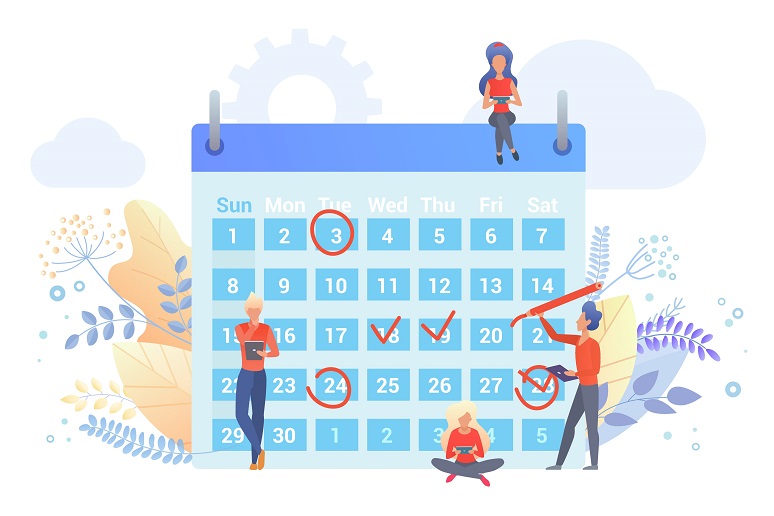As a mother of a single child, I’ve never had to address equality amongst children. My sister, a mother of four, contends that people should raise their children fairly, meaning each child gets what they need or deserve rather than equally, which means that each child receives the same treatment regardless of need. This life lesson can apply to a staffing strategy in a contact center. So, how can leadership be fair and equitable when determining work schedules for staff?
The reality of and perception of fairness in employee scheduling and performance impacts productivity and business outcomes. Many organizations are now managing a combination of work from home (WFH) and onsite contact center staff. As contact center management manages these two distinct workforces, they must establish fair rather than equal expectations for working hours and staffing preferences between the two employee groups. While many of the same obstacles were present when everyone was onsite, a flexible work schedule is now an expectation of employment.
Contact centers have successfully managed scheduling and shift preferences using everything from an Excel spreadsheet to sophisticated workforce management (WFM) tools. Regardless of the method, a systematic approach to forecasting workload, calculating staff requirements, and creating staff schedules must be in place for the contact center to reach service goals and operate efficiently. While this approach certainly meets the business needs, it doesn’t eliminate perceived favoritism. Moreover, it doesn’t humanize the process or support a culture of fairness and transparency in terms of staff scheduling preferences.
Scheduling Preferences: Real World Scenarios
Let’s consider the following:
- Mary has a preschooler and wants her shift to end at 4:30 p.m. so we can pick up her child from daycare.
- John is going back to college and wants his shift to end at 4:30 p.m., so he has time to get to class after work.
- Joe has a puppy and wants his shift to end at 4:30 p.m. to pick up his dog from doggie daycare.
The contact center needs agents to cover later evening shifts, making it impossible to grant each of these three employees shift preferences. Employees desire more flexible scheduling and consideration of their priorities. But how does management balance the needs and wants of employees without playing King Solomon?
WFM Considerations
WFM considers availability and shift preferences into consideration, I.e., the employee’s preferred working hours, days off, and meal breaks when building schedules. While it’s impossible to accommodate every request, management can humanize scheduling decisions by incorporating these scheduling preferences and time off options. It’s not always possible to meet everyone’s scheduling preferences, so empowering employees to participate in the scheduling process is key. And (clearly) communicating scheduling rules and criteria will avoid misunderstandings and perception of unfairness.
Seniority, overtime status, location, and title often determine scheduling priorities but can reward the wrong behaviors. Although seniority provides a way to reward long-serving employees or meets collective bargaining agreements, better, more equitable criteria are performance-based scheduling practices. Quality metrics are routinely used in contact centers to measure performance, agent productivity, and other activities that increase customer satisfaction. So, it makes good sense to retain those agents with the highest customer satisfaction scores by rewarding them with their preferred schedule and empowering them through shift bidding and shift swapping.
Shift bidding, for example, allows employees to choose what shifts they would like to work and when they would like to work. Employees are empowered as they are actively involved in the schedule-making process and given increased flexibility in shift preference.
Swapping vs. Bidding Shifts
Shift swapping creates even more flexibility as employees are responsible for managing coverage needed for their assigned shifts. If an employee can’t work their assigned shift, they can swap directly with a suitable team member per the scheduling rules. Again, communication is necessary to avoid any perception of favoritism or future workplace conflict.
Shift bidding and shift swapping give employees flexibility and freedom, which is key to achieving employee engagement. You must outline both in a formal staffing strategy and communications plan. Additionally, this approach avoids confusion and strikes a balance between fairness and flexibility without comprising your business goals.
Frances is writing on behalf of the SCTC, a premier professional organization for independent consultants. SCTC consultant members are leaders in the industry, able to provide best of breed professional services in a wide array of technologies. Every consultant member commits annually to a strict Code of Ethics, ensuring they work for the client benefit only and do not receive financial compensation from vendors and service providers.











